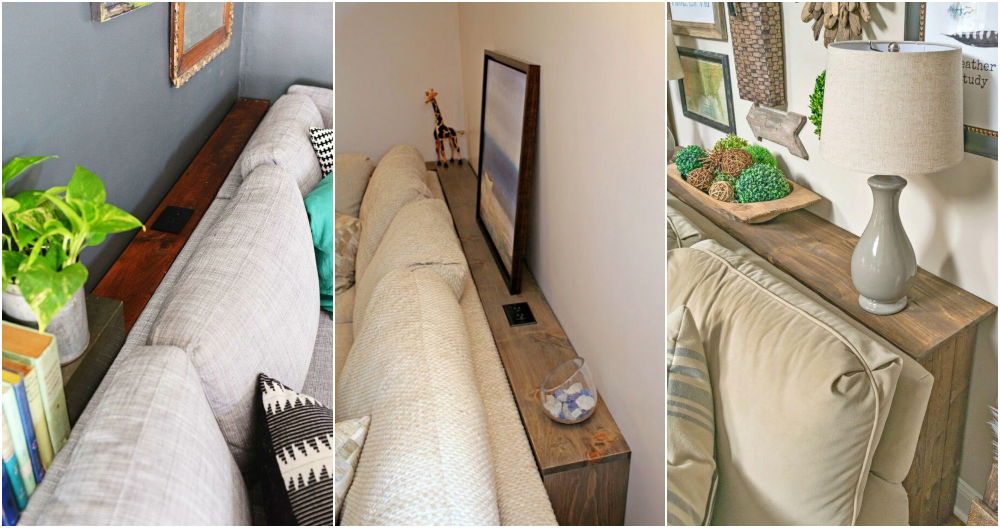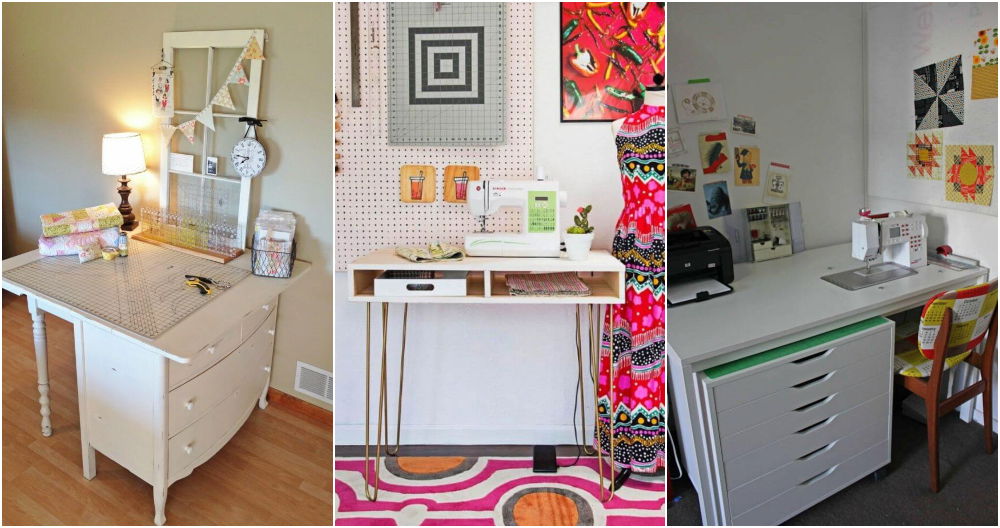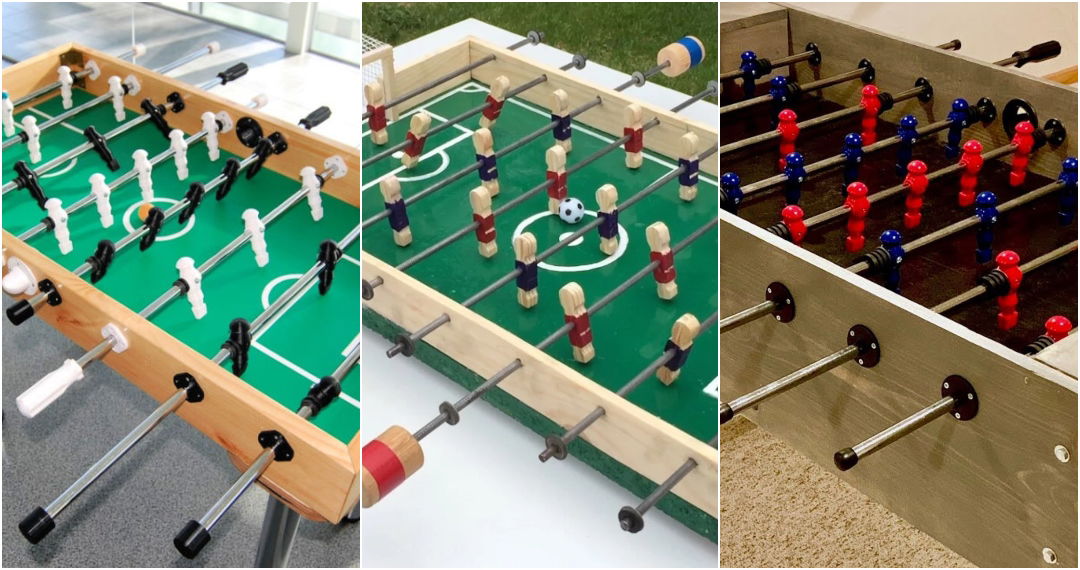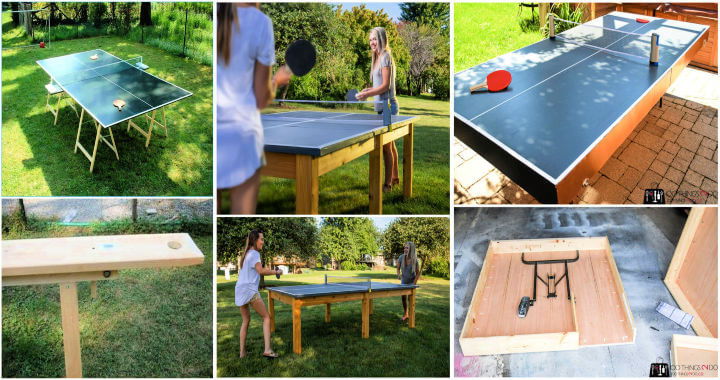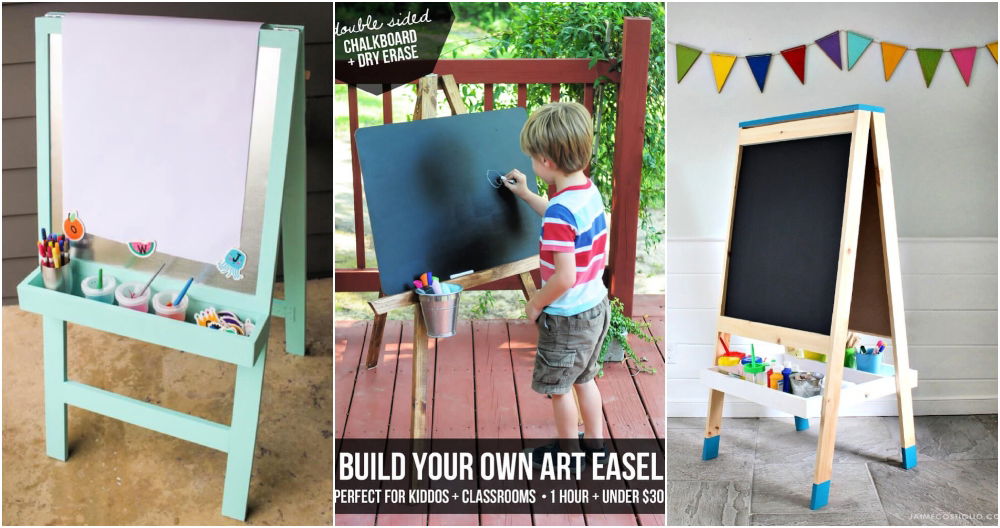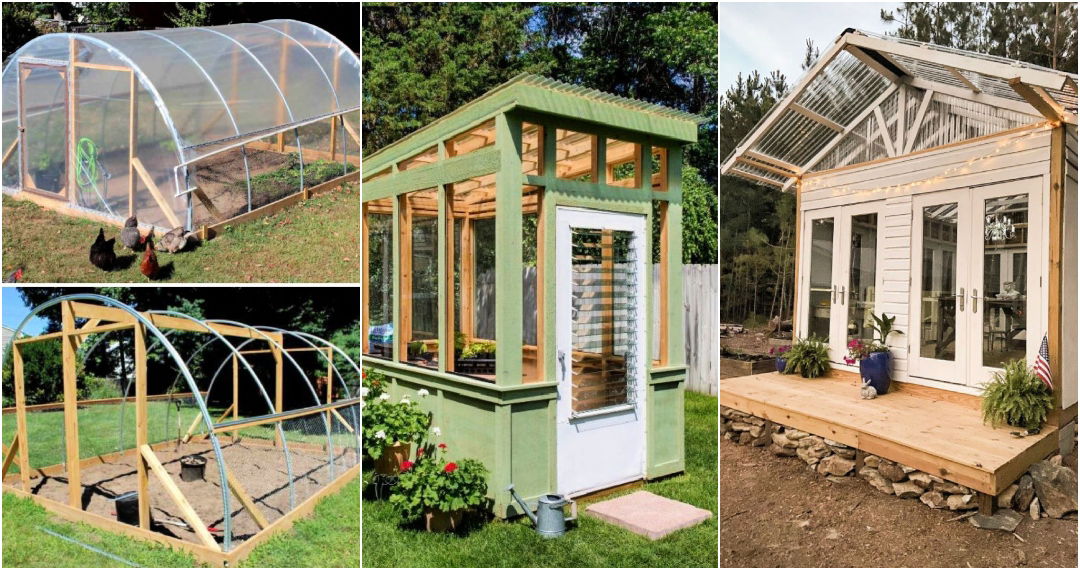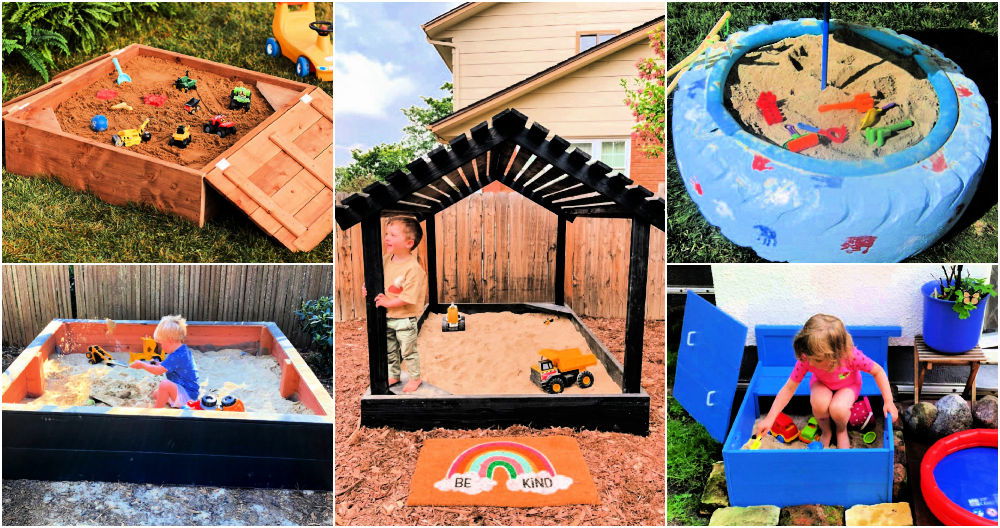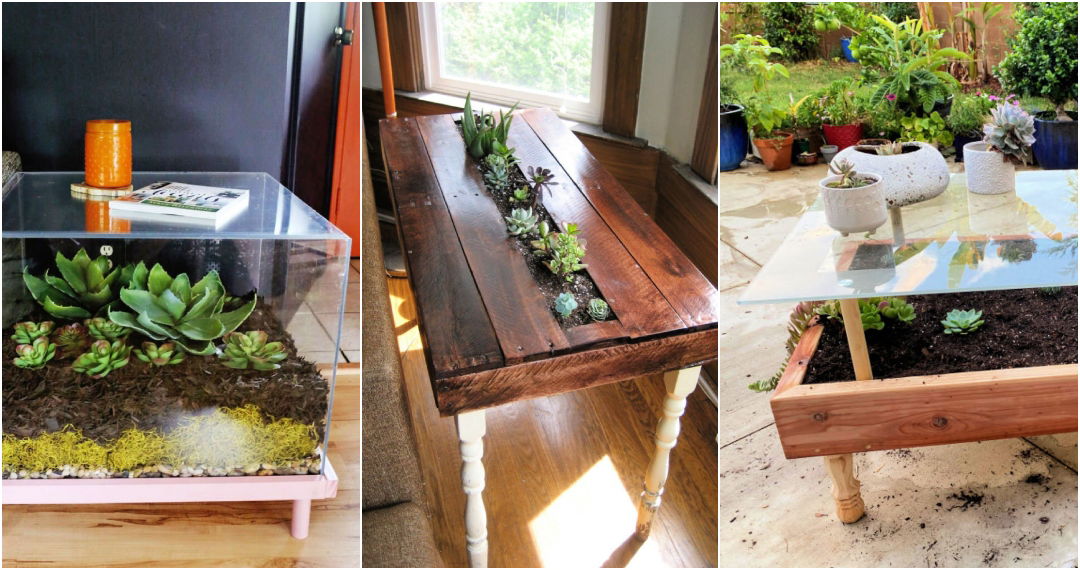Making a homemade DIY Lego table can revolutionize playtime and learning for children. It's more than just a piece of furniture; it's a tool that brings educational benefits, encourages creativity, and keeps those pesky Lego pieces in one place. With free plans readily available, crafting a table suited to your needs and space becomes a straightforward project. This guide is designed to help you through every step, ensuring that the end product is both functional and appealing.
The process involves selecting the right materials and tools, followed by step-by-step instructions that are easy to follow. From fostering fine motor skills to enhancing spatial awareness, a Lego table is an incredible addition to any child's educational toys. Not only does it offer benefits like promoting teamwork and teaching planning, but it also opens up a world of STEAM learning. Ready to start this rewarding project?
Let's delve into the specifics of how to build your very own Lego table, personalized to fit your child's imagination and your home's decor.
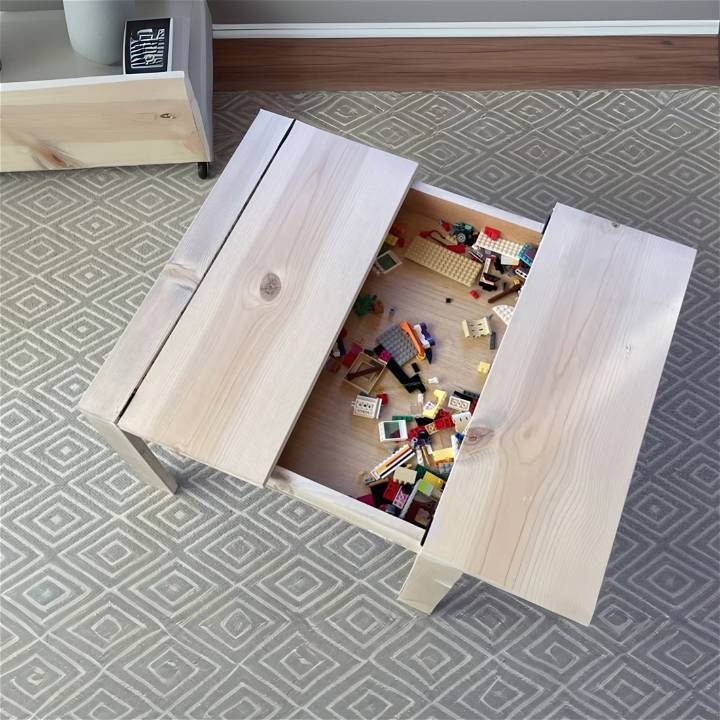
Educational Benefits of Lego Play
Playing with Legos is more than just fun; it's a powerful tool for learning and development. Here's how Lego play can be beneficial for children:
Fosters Creativity and Imagination
Legos provide a platform for children to express their creativity. The endless possibilities of construction encourage kids to imagine and build, which enhances their creative thinking and problem-solving skills.
Develops Fine Motor Skills
Assembling Lego bricks helps in the development of fine motor skills. The picking, placing, and snapping together of small pieces require precision and coordination, which are crucial for handwriting and other detailed tasks.
Enhances Spatial Awareness
Building with Legos can improve a child's understanding of spatial relationships. It helps them grasp concepts of symmetry, balance, and geometry as they figure out how to construct stable structures.
Encourages Persistence
Lego projects often require trial and error. Children learn the value of perseverance as they rebuild structures that fall apart and troubleshoot to find solutions.
Teaches Planning and Organization
Before starting a Lego project, children often plan their designs and organize their pieces. This process teaches them the importance of planning and organizing in achieving their goals.
Promotes Teamwork
When children work together on Lego projects, they learn to collaborate, share ideas, and communicate effectively. These are essential skills for group work in school and later professional life.
Provides Hands-On STEAM Learning
Legos are a great way to introduce children to the concepts of Science, Technology, Engineering, Arts, and Mathematics (STEAM). As they build, they learn about engineering principles, physics, and math in a hands-on, engaging way.
Supports Problem-Solving
With Legos, children learn to solve problems creatively. They must figure out how to turn their ideas into reality using the pieces they have, which can lead to innovative solutions and new ways of thinking.
How to Make a Lego Table - Step by Step Guide
Learn how to make a Lego table with our step-by-step guide below:
Materials Needed:
- 1x3 boards for the tray sides
- Quarter inch plywood for the bottom tray and trundle
- 1x10 boards for the tabletop
- Brad nails (1 and 1/4 inch)
- Wood glue
- Screws (1 and 1/4 inch for assembling, pocket hole screws for added strength)
- Hinges for the tabletop
- Caster wheels for the trundle (optional)
- Wood filler and sandpaper for finishing
- Stain or paint for aesthetic finishing
Tools Required:
- Drill
- Brad nailer (or hammer)
- Circular saw or compound miter saw
- Sander
- Clamp
Step by Step instructions
Build your own DIY Lego Table with our free plans! Perfect for organizing and storing your child's Lego collection.
Preparing Your Materials:
Start by cutting all your boards according to the dimensions provided in the link in the video description. Using a miter saw will help ensure straight, clean cuts. For the quarter-inch plywood, you could use a circular saw. Remember, safety first: use appropriate protective gear when cutting.
Assembling the Tray:
Take the 1x3 boards and assemble them into a rectangular tray using wood glue and brad nails (1 and 1/4 inch size). Ensure the frame is square before the glue dries for a neat finish.
Attaching the Plywood:
Cut the quarter-inch plywood to size for the bottom of the tray and attach it to the tray frame with glue and brad nails. This will serve as the base for the Legos to sit on.
Making the Tabletop:
Lay out the 1x10 boards for the top, ensuring they fit snugly together. Use 1x3 boards on the ends to frame the tabletop. Attach the frame pieces with nails from the outside, reinforcing with screws from the inside for added durability.
Installing the Hinges:
Position the tabletop boards and clamp them in place. Install hinges according to the space pre-planned to allow the tabletop to open and close easily.
Adding a Trundle (Optional):
If you need additional storage, consider building a trundle following the same method as the tray. Add caster wheels to the bottom for easy slide-in, slide-out functionality.
Finishing Touches:
Fill any nail holes with wood filler, sand the table until smooth to make it safe for little hands, and apply your choice of stain or paint for a beautiful finish.
Customize Your Table:
Feel free to add personal touches such as Lego base plates on the tabletop or decorative handles on the trundle for a unique look.
Maintenance and Safety:
Regularly check the table for any loose screws or sharp edges, ensuring a safe play environment for your children.
Video Tutorial
For a visual step-by-step guide, watch the DIY Lego Table with Free Build Plans video on YouTube.
Customization Ideas for Your DIY Lego Table
Making a DIY Lego table is not just about functionality; it's also an opportunity to inject a bit of personality and style into your creation. Here are some unique and practical ideas to customize your Lego table that will delight both kids and adults alike.
Personalize with Paint
A simple way to make your Lego table stand out is by painting it in bright, vibrant colors. You can choose your child's favorite color or use multiple shades to build patterns or designs. For a more interactive experience, consider using chalkboard paint on one side of the table. This allows kids to draw and write around their Lego creations, adding another layer of fun to their play area.
Add Themed Baseplates
Lego baseplates come in various colors and styles, including ones that resemble city streets, grassy fields, or the surface of another planet. By selecting themed baseplates, you can transform the table into a specific setting for imaginative play. For instance, a space-themed baseplate can inspire intergalactic adventures, while a cityscape might encourage kids to build their own metropolis.
Incorporate Storage Features
A well-organized Lego table is a joy to use. Consider adding built-in storage bins or drawers to your table. This not only keeps Lego pieces neatly sorted but also makes cleanup a breeze. You can customize these storage spaces with labels or color-code them to match the corresponding Lego colors or categories.
Build a Foldable or Portable Table
If space is a concern, or if you want the flexibility to move the play area, consider making your Lego table foldable or portable. A foldable design can be tucked away when not in use, and a table on wheels can be easily rolled to different rooms. Ensure the design is sturdy and safe for children to handle.
Interactive Elements
For an added level of interaction, integrate elements that move or light up. Small LED lights can be installed to illuminate the creations, or you could add sections of the table that rotate or elevate, giving a dynamic feel to the play surface.
Eco-Friendly Touches
In line with environmental consciousness, use recycled materials where possible. Old furniture pieces can be repurposed into a new Lego table, reducing waste and adding a story to the piece. Additionally, consider using non-toxic, eco-friendly paints and finishes.
Maintenance Tips for Your DIY Lego Table
Maintaining your DIY Lego table is crucial to ensure it remains a safe and enjoyable space for creativity and play. Here are some tips to keep your table in top condition:
Regular Cleaning
Lego tables can become dirty with frequent use. Wipe down the surface with a damp cloth to remove dust and debris. For sticky spots, use a mild soap solution, but avoid harsh chemicals that could damage the table's finish or the Legos themselves.
Check for Loose Pieces
Periodically check the table for any loose baseplates or bricks. If you find any, secure them back in place with a suitable adhesive. This not only prevents potential choking hazards but also ensures a smooth building surface.
Refresh the Paint
If your table is painted, it may show wear over time. Touch up any chipped or faded areas with non-toxic, child-safe paint. This will keep the table looking fresh and inviting for play.
Organize the Bricks
Encourage children to sort the bricks after play. This not only teaches organizational skills but also makes it easier to find pieces for future projects. Use labeled bins or drawers integrated into the table for easy storage.
Inspect for Damage
Regularly inspect the table for any signs of wear or damage, such as splinters or cracks. Repair any issues promptly to prevent injuries and prolong the life of the table.
By following these maintenance tips, your DIY Lego table will remain a durable and cherished piece for years to come.
Safety Precautions for Your DIY Lego Table
Safety should always be a priority when it comes to children's play areas. Here are some essential safety precautions for your DIY Lego table:
Smooth Edges
Ensure all edges and corners of the table are smooth and rounded to prevent injuries from sharp edges. Sand down any rough areas as needed.
Stable Construction
Make sure the table is sturdy and won't tip over easily. Check all joints and supports regularly and tighten any loose screws or bolts.
Non-Toxic Materials
Use non-toxic, child-safe materials for all parts of the table, including paints and finishes. This is especially important for surfaces that children will touch frequently.
Supervision
Always supervise younger children while they play, particularly if they are prone to putting small objects in their mouths. Keep a close eye on playtime to prevent choking hazards.
Proper Storage
Store adhesives, paints, and other maintenance materials out of children's reach. Ensure that all tools used for repairs or adjustments are also kept safely away from children.
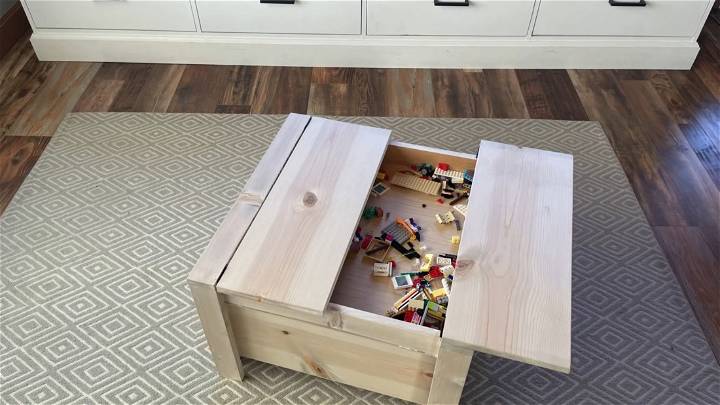
Lego Storage Solutions
Keeping your Lego collection organized can enhance the building experience and make playtime more enjoyable. Here are some practical storage solutions that cater to both convenience and aesthetics:
Use Stackable Containers
Stackable containers are a great way to maximize space and keep your Lego bricks sorted by size, color, or set. Look for clear containers so you can easily see the contents inside. Some containers come with adjustable dividers, which are perfect for separating small pieces.
Repurpose Furniture
An old dresser or bookshelf can be transformed into a Lego storage unit. Add bins or baskets to drawers for loose bricks, and use shelves to display completed sets or works in progress.
Label Everything
Labeling drawers, bins, and containers not only helps in finding pieces quickly but also aids in the cleanup process. Use pictures or words depending on the reader's age and preference.
Incorporate Play and Display
Consider storage solutions that double as play spaces, such as a table with built-in drawers or a playmat that can be gathered up into a storage bag. This makes setup and cleanup part of the fun.
Customize Your Storage
Personalize your storage system with paint, decals, or Lego creations themselves. This adds a unique touch and encourages users to maintain the organization.
By implementing these storage solutions, you can build a functional and enjoyable Lego workspace that encourages creativity and keeps clutter at bay.
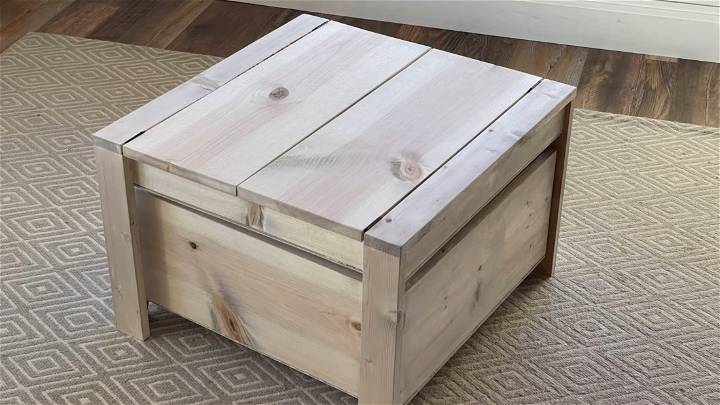
Environmental Considerations for DIY Projects
When undertaking DIY projects like building a Lego table, it's important to consider the environmental impact. Here are some tips to make your project more eco-friendly:
Choose Sustainable Materials
Opt for materials that are renewable, recycled, or repurposed. For example, use reclaimed wood for the table's structure or recycled plastic for any additional components.
Minimize Waste
Plan your project carefully to minimize offcuts and waste. If you have leftover materials, think about how they can be used in other projects or recycled properly.
Non-Toxic Finishes
Select paints, adhesives, and finishes that are non-toxic and environmentally friendly. This not only protects the environment but also ensures the safety of those using the table.
Energy-Efficient Tools
Use tools that are energy-efficient or manually operated when possible. This reduces your project's carbon footprint.
Educate and Inspire
Use your project as an opportunity to educate others about sustainability. Share your eco-friendly practices and inspire others to consider the environment in their projects.
FAQs About DIY Lego Tables
Discover all the answers to your burning questions about DIY Lego tables in this comprehensive FAQ guide. Learn how to build your own today!
What is the best size for a DIY Lego table?
The ideal size for a DIY Lego table depends on the available space and the number of users. For individual play, a small to medium-sized table, such as an Ikea Lack table, is sufficient. For multiple children, consider a larger table or multiple tables placed together.
Can I repurpose furniture to make a Lego table?
Absolutely! An old coffee table, bookshelf, or dresser can be transformed into a Lego table with storage. Just add baseplates to the surface for building and use drawers or shelves for organizing Lego pieces.
How can I ensure the Lego table is safe for my child?
To ensure safety, make sure all edges and corners are smooth and rounded. The table should be sturdy and not tip over easily. Use non-toxic, child-safe materials and finishes for all parts of the table.
What are some creative ways to add storage to my Lego table?
Creative storage solutions include built-in bins or drawers, stackable containers, and repurposing furniture with shelves. Labeling each storage space can also help keep things organized.
How can I make my Lego table more interactive and fun?
Consider adding elements that move or light up, such as LED lights or rotating sections. Themed baseplates can also make the table more engaging by making different settings for imaginative play.
Conclusion:
In conclusion, making a homemade DIY Lego table with free plans is not just a fun weekend project but a gateway to blending play with educational benefits for the family. The step-by-step guide provided enlightens on how to construct a sturdy and versatile table that fosters creativity, imagination, teamwork, and much more. From detailed instructions on materials and tools needed to customization ideas that range from adding themed baseplates to incorporating eco-friendly touches, this guide ensures that your Lego table is a personalized space for learning and fun.
Moreover, understanding the educational benefits of Lego play equips you with the knowledge to enrich your child's playtime. So, why wait? Start your project today and watch as your DIY Lego table becomes a source of endless creativity and learning for your little ones.


